Ernst Haeckel (b. 1834 – d. 1919) was a German biologist, naturalist, philosopher, physician, professor, marine biologist, and artist who discovered, described and named thousands of new species in his life time. In addition to groundbreaking contributions to the world of biology, Ernst Haeckel was a remarkable artist. His drawings of sea creatures, collected in his book ‘Forms of Nature’ were not only great scientific achievements at the time, but are staggering works of art that are still unparalleled today.
Haeckel’s work was deeply engrained in the new scientific discoveries of the time, and as such, was also mired religion and politics. Many of these new scientific theories about evolution and embryonic development were controversial as they were counter to the Catholic Church’s teachings. The notion of genetics and Racial Theory also began playing a role in politics, and some of Haeckel’s ideas would later be used to promote Nazi propaganda. (Coincidentally, Haeckel, who was no stranger to politics, is actually credited as the first person to coin the term ‘First World War’.)
It was Haeckel’s belief that there was a unifying system that connected Science, Religion and Art. Constantly inspired by nature, he was known to carry his watercolors wherever he went, often doing drawings and paintings on the spot. And just as Nature inspired Haeckel, Haeckel would go on to inspire generations of artists and scientists himself. Haeckel’s watercolor and ink drawings of exotic flora and fauna from far away worlds, and images of underseas creatures barely imagined by most people, helped bring the wonder and awe of these scientific discoveries to the general population. His drawings were likely some of the first and only images many people would ever see of these exotic creatures. His floral drawings in particular were a heavy influence on the Art Nouveau movement.
Read more about Ernst Haeckel here: https://en.wikipedia.org/wiki/Ernst_Haeckel


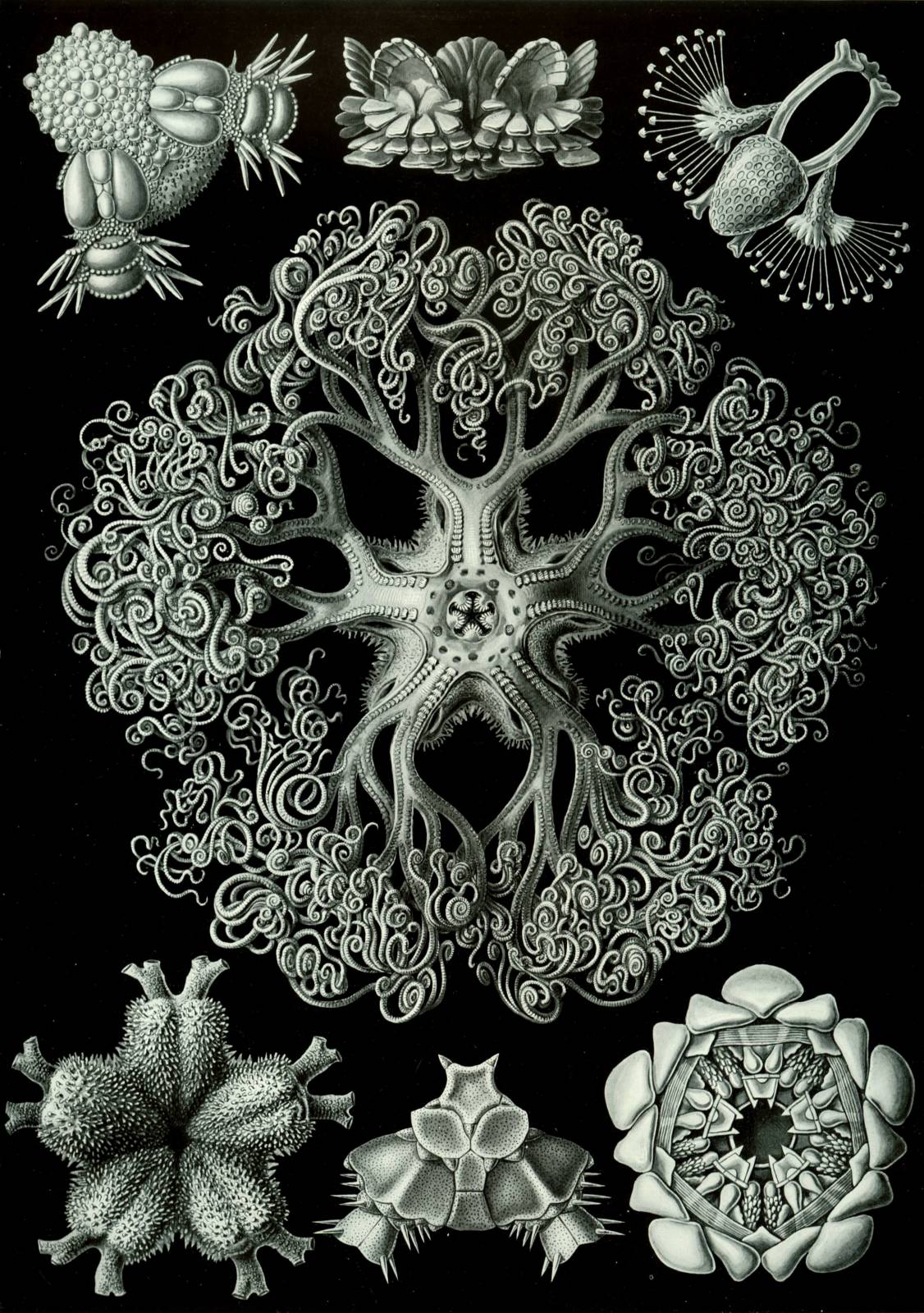
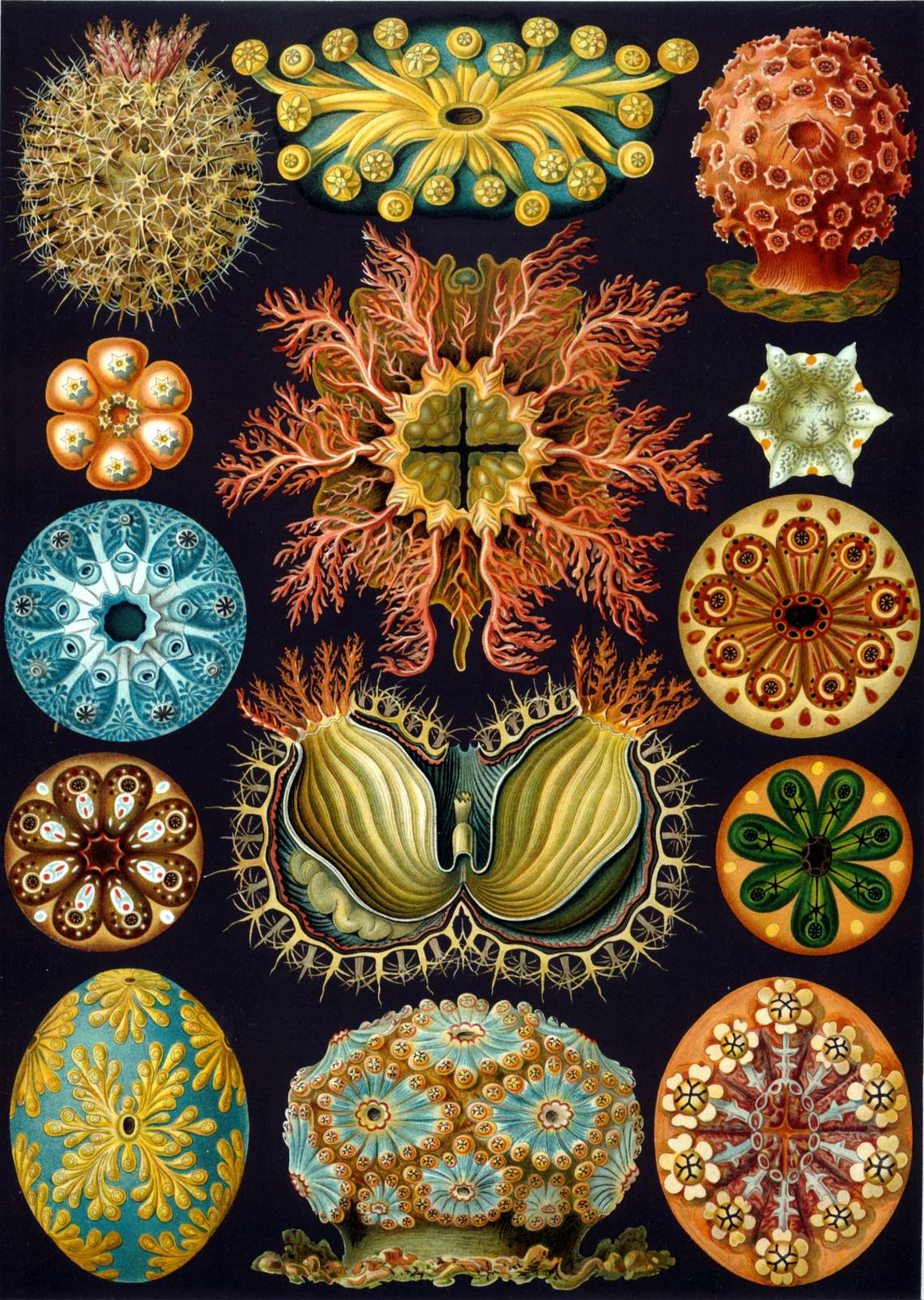

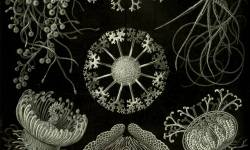

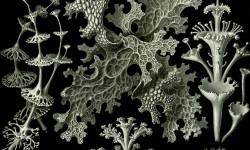
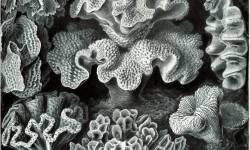
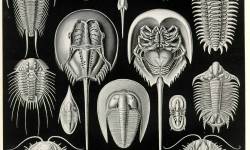
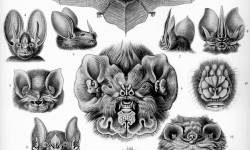
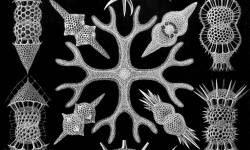
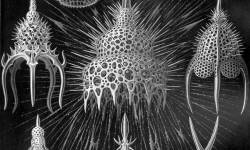

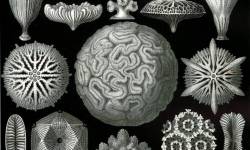
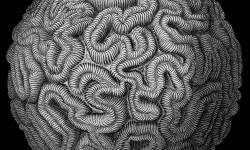
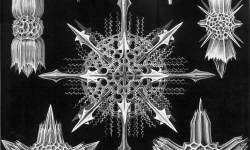
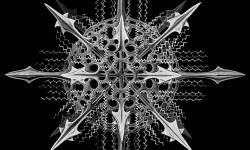
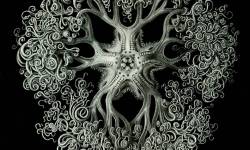
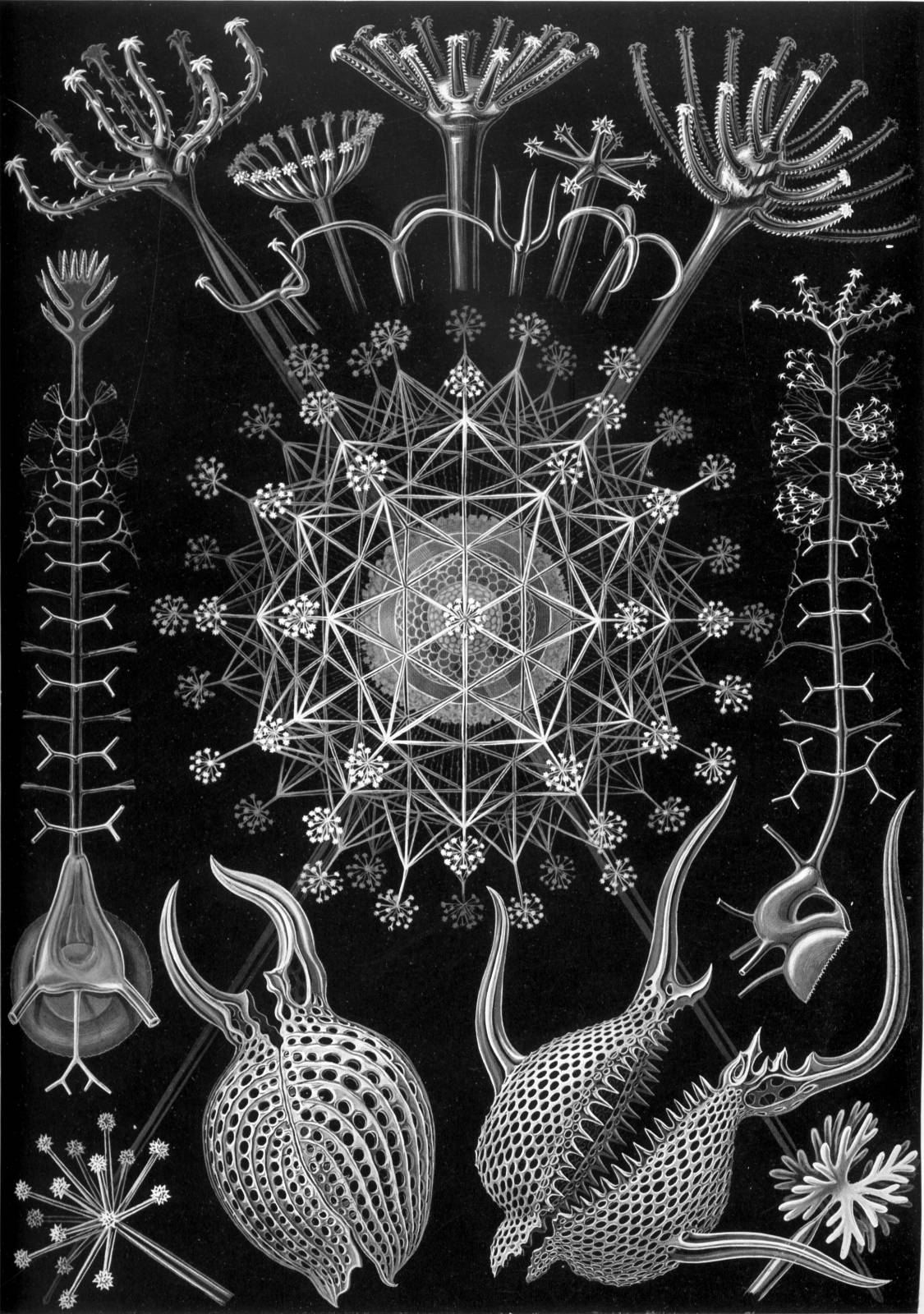
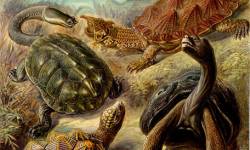
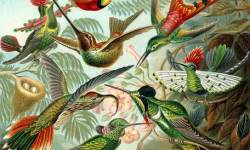
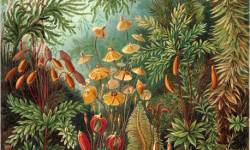
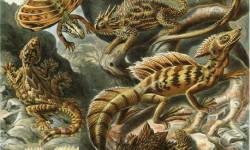
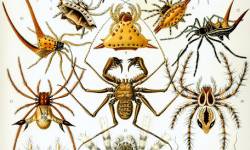
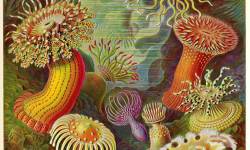
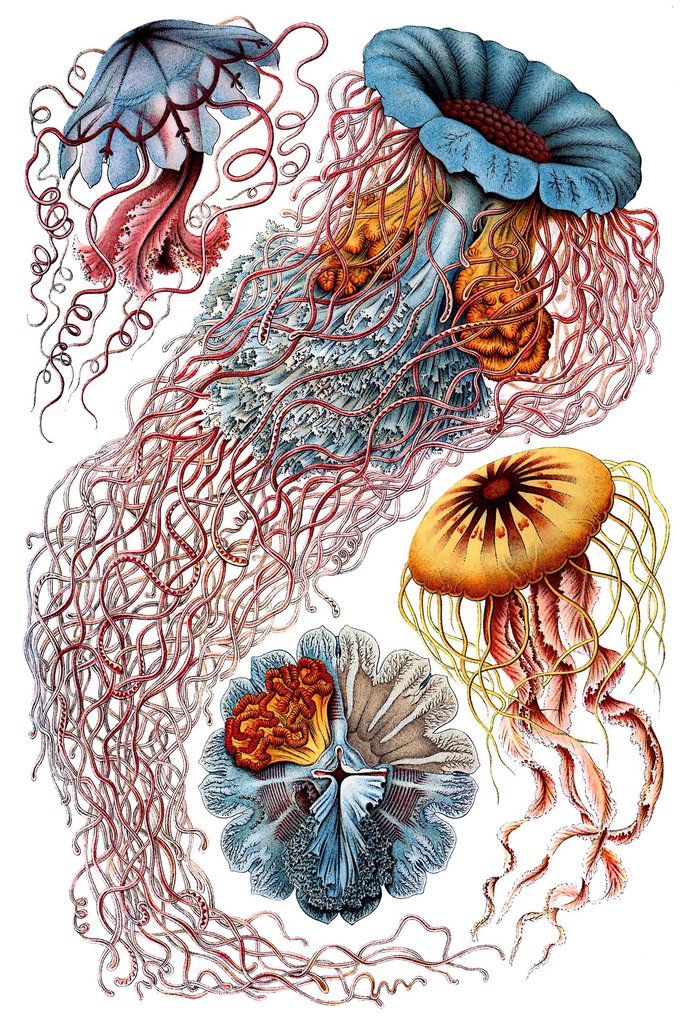
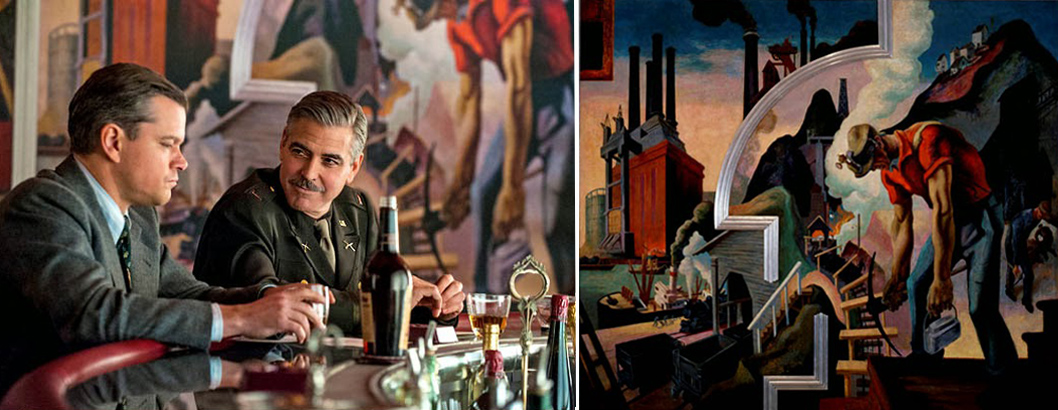

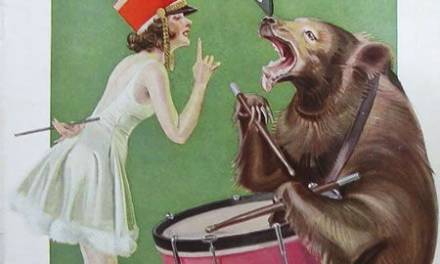
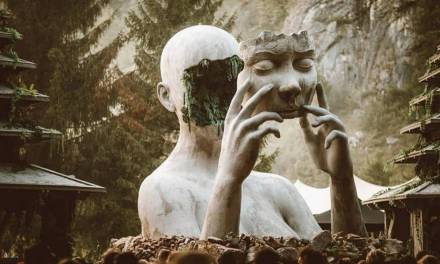

Nice article and great information thanks for sharing your thoughts.
I don’t believe the human mind could think up such images as these. Fantastically Beautiful, intricate and intreiging.